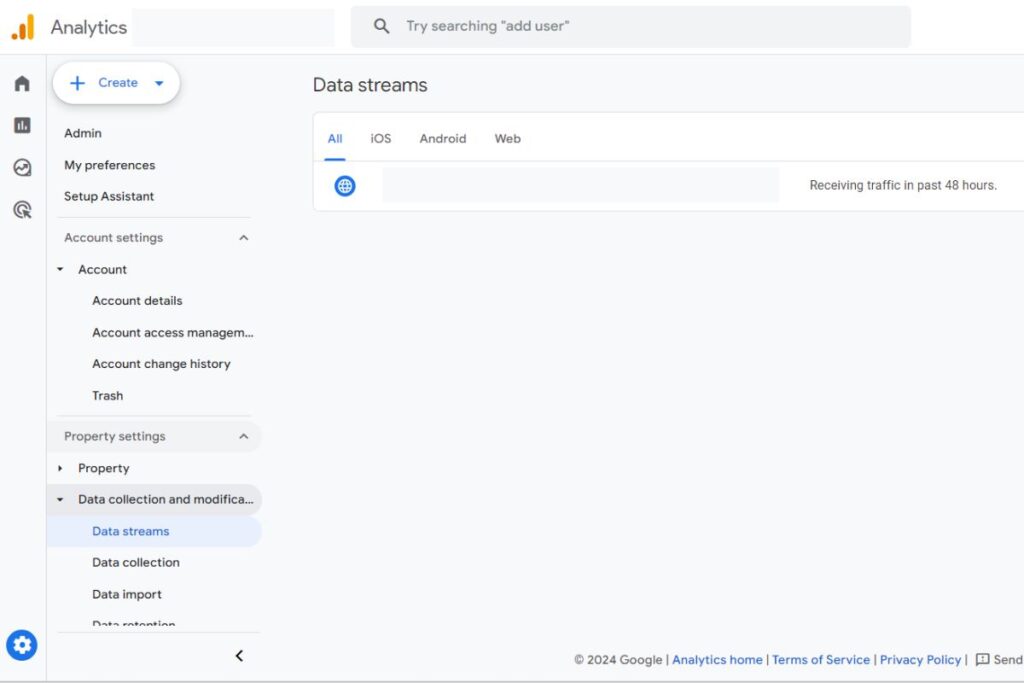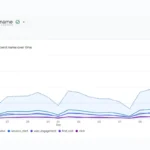Setting up GA4 effectively is crucial for accurate data collection and analysis. Here are some key points to consider:
1. Data Stream Setup:

- Proper Naming: Choose descriptive names for your data streams to easily identify them later.
- Measurement Type: Select the appropriate measurement type (web, app, or hybrid) based on your website or app’s structure.
- Data Collection Method: Decide whether to use Google Tag Manager (GTM) or directly implement the GA4 tracking code.
2. Event Tracking:
- Identify Key Events: Determine the most important events for your business, such as page views, purchases, or sign-ups.
- Create Custom Events: If necessary, create custom events to track specific interactions that aren’t automatically captured.
- Event Parameters: Use event parameters to provide additional context and data about your events.
3. Data Layer:
- Implement Data Layer: Consider using a data layer to store and manage data that can be easily accessed by GA4 and other tools.
- Pass Relevant Data: Ensure that the data layer includes the necessary information for your analytics needs.
4. Data Privacy and Compliance:
- User Consent: Obtain explicit user consent for data collection, especially in regions with strict data privacy laws like GDPR.
- Data Anonymization: Implement measures to anonymize or pseudonymize user data to protect privacy.
5. Configuration Settings:
- Session Timeout: Set the appropriate session timeout to accurately track user sessions.
- Sampling Rate: Adjust the sampling rate to balance data accuracy with performance, especially for high-traffic websites.
- Filters: Use filters to exclude unwanted traffic or data, such as internal IP addresses or test traffic.
6. Goal and Conversion Tracking:
- Define Goals: Set up goals to measure key business objectives, such as purchases, sign-ups, or form submissions.
- Conversion Tracking: Implement conversion tracking to track the effectiveness of your marketing campaigns.
7. User Properties and Dimensions:
- User Properties: Define user properties to store information about individual users, such as email address or location.
- Dimensions: Use dimensions to categorize and analyze data, such as device type or traffic source.
8. Testing and Debugging:
- Verify Implementation: Use the Real-Time Reports in GA4 to verify that data is being collected correctly.
- Debug Issues: Use the Debug View in GTM or browser developer tools to troubleshoot any tracking issues.
By carefully considering these factors, you can ensure that your GA4 setup is accurate, reliable, and provides valuable insights into your website or app’s performance.


